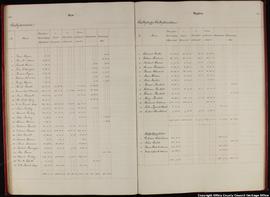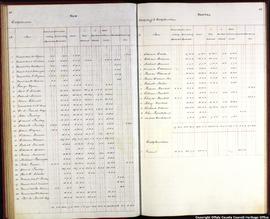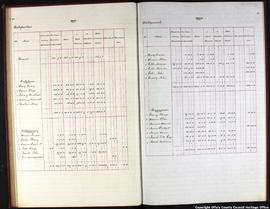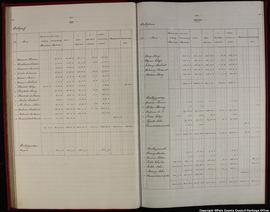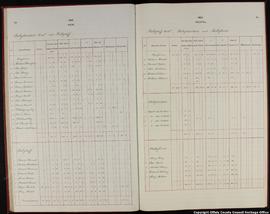- IE OCCHO DIGBY/C/1
- Item
- 1873
Part of Digby Irish Estates
Annual report, accounts and rental for year ending June 1873, containing positive reports on the financial condition of the estate with only 'trifling arrears' of £32 and a general increase in overall rental income. Expenditure consisted of main drainage of lands at Roskeen, Queen's County; the reclamation of the bog at Killurin; thorough drainage at Bawnmore; construction of two new cottages in Geashill Village and a substantial range of offices for Mr Warren of Gorteen. Also comments on the scarcity of labour on the estate due to emigration to America, and that the 'Russian Village' (portable labourers' housing) has been moved to Cappyroe from Ballyknockan.
Regrets to say that relations with the tenantry are not entirely satisfactory. Tenants without a written contract were asked to sign one but the parish priest, using 'the extraordinary and mischievous power which an Irish priest possesses over an ignorant Roman Catholic tenantry', informed tenants that by signing they will exclude themselves from any benefit under the Land Act.
Describes the eviction of Mr. O'Flanagan, a large tenant on the estate, who had tried to establish 'tenant-right' through the courts but 'failed signally, as at the last moment before the claim came before the Chairman of the Quarter Sessions, Mr. O'Flanagan signed a paper admitting that he had no claim whatever to tenant-right in his holding.'

